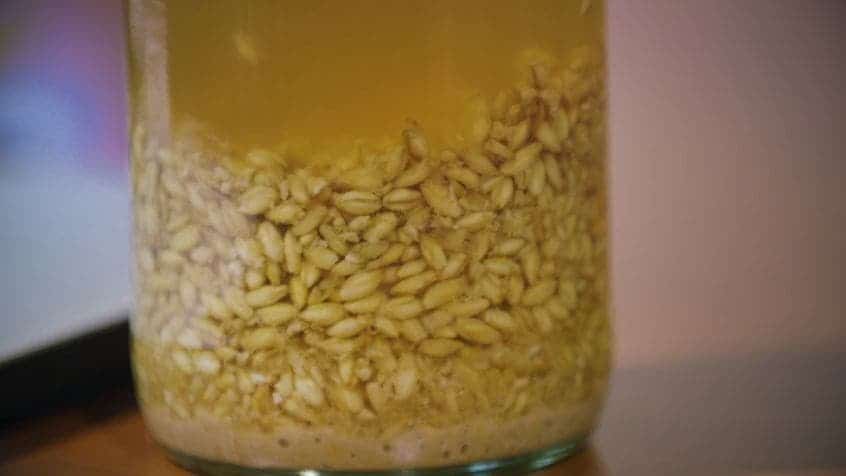Stanford students have re-created an ancient Chinese beer and found that it tastes “surprisingly palatable”.
Last year, Stanford Sir Robert Ho Tung Professor in Chinese Archaeology Li Liu and her team gleaned a 5,000-year-old Chinese beer recipe from residues left on ceramic vessels at a dig in northeast China. Analysis showed that the ancient brewers used grains such as millet or barley, a native species of grass named Job’s tears, and small amounts of yam and lily root.
That’s a fancy beer. I wonder what it would taste like. Well thankfully, scientists seem to have developed a taste for ancient brews, as you can see here and here. The latest addition to that list is Liu’s ancient beverage.
Wonder no more!
In the name of science, Liu’s students have re-brewed the brew, had a swig and detailed it all in a paper. Ah, young science.
“The class gives students an opportunity to not only experience what the daily work of some archaeologists looks like but also contribute to our ongoing research,” said Stanford doctoral candidate and paper co-author Jiajing Wang.
“Archaeology is not just about reading books and analyzing artifacts,” said Liu “Trying to imitate ancient behavior and make things with the ancient method helps students really put themselves into the past and understand why people did what they did.”
The students started with malting by sprouting red wheat seeds in water. After sprouting, these seeds were crushed, placed back in water, and left to mash at 65 degrees Celsius (149 Fahrenheit) for one hour. The last step was to give this mash a week to ferment at room temperature.
Students say that the beer tastes more like a cider with its strong fruity aroma and was surprisingly tasty.
“The beer that students made and analyzed will be incorporated into our final research findings,” doctoral candidate Jiajing Wang, who assisted Liu in the original research, said in a news release.
In that way, the class gives students an opportunity to not only experience what the daily work of some archaeologists looks like but also contribute to our ongoing research.”
Liu’s class is called “Archaeology of Food”, and aims to understand ancient cultures through the food and drinks they consumed. Her team’s research on ancient Chinese beer jugs showed that barley was introduced in East Asia 1,000 years earlier than previously documented.
“Our results suggest the purpose of barley’s introduction in China could have been related to making alcohol rather than as a staple food,” Liu said.
The full paper “Revealing a 5,000-y-old beer recipe in China” has been published in the paper PNAS.










